We are thrilled to welcome you to our latest exploration of cutting-edge drone technology! Tactic Air Drone, a marvel of engineering with quick deployment capabilities, is our subject today.
This rugged drone effortlessly fits into small SUVs and trucks, making it a favorite for tactical missions in different terrains. But, what is the range of the tactical drone?
The Tactic Air Drone operates within a range of 3 to 10 kilometers and can soar to altitudes between 5000 and 20,000 feet depending on its payload and electro-optical sensor specifications.
Curious to learn more about how these features empower military operations and other uses? Stick with us as we unfold the exciting details in the rest of our article!
What Is a Tactical Drone?
Tactical drones, like the Tactic Air Drone, are small unmanned aerial vehicles designed for specific operational tasks, ranging from reconnaissance to surveillance. They’re equipped with advanced technology for precise sailing and data collection.
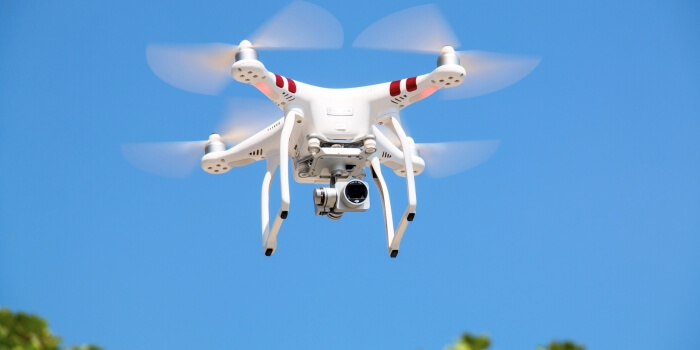
These drones are often used by military and law enforcement agencies for strategic purposes, such as gathering intelligence or monitoring enemy movements. Their compact size and agile maneuverability make them ideal for covert operations in various environments.
The Tactic Air Drone typically features high-resolution cameras and sensors, allowing operators to capture clear imagery and real-time video footage from above. This enables effective decision-making and enhances situational awareness on the ground.
Tactical drones are increasingly utilized in civilian sectors, including agriculture, infrastructure inspection, and emergency response. Their versatility and cost-effectiveness make them valuable tools for a wide range of applications, from surveying crop health to assessing disaster damage.
What Is the Range of The Tactical Drone?
When exploring the capabilities of the Tactic Air Drone, a common question that pops up is, “What is the range of the tactical drone?” Simply put, the range refers to how far the drone can fly from its controller while still maintaining a stable connection.
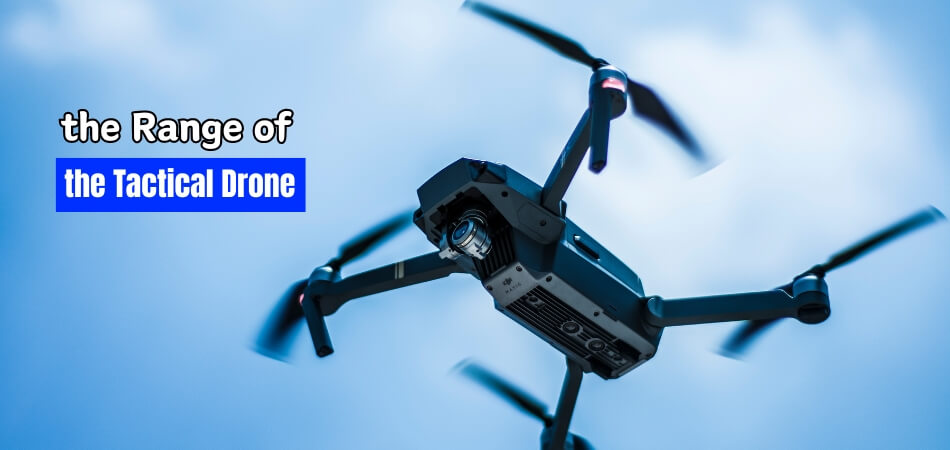
For anyone looking to capture breathtaking aerial photos or just enjoy flying around, understanding the range is crucial.
Awareness the Basics
The range of the Tactic Air Drone is a standout feature. It tells us how far you can pilot the drone from its control point without losing the signal. This is vital for planning your drone flights, especially if you aim to cover large areas or capture continuous footage over distant landscapes.
Factors Affecting Drone Range
Several factors can influence the effective range of your Tactic Air Drone:
- Obstructions: Physical barriers like buildings and trees can block the signal between your drone and its controller, reducing the range.
- Interference: Other electronic devices in the vicinity can also interfere with the signal, impacting the drone’s performance.
- Weather Conditions: Extreme weather, such as heavy rain or strong winds, can affect the signal quality and thus the drone’s range.
Maximizing Your Drone’s Range
To get the most out of your Tactic Air Drone, consider the following tips:
- Open Areas: Fly in open areas where fewer obstacles can block the signal.
- Avoid Interference: Try to fly in locations with minimal electronic interference.
- Weather Awareness: Plan your flights for clear, calm weather to avoid range limitations caused by environmental factors.
How Does Altitude Affect Drone Operation?
Want to know how high you can fly your Tactic Air Drone without any hiccups? Here’s a simple explanation!
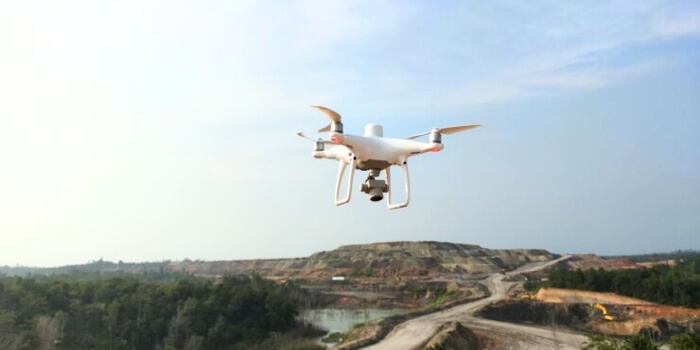
- Air Density Changes: When you climb up a mountain, you might feel the air getting thinner. Similarly, as your Tactic Air Drone ascends, the air becomes less dense. This affects how the drone’s propellers work and can impact its performance.
- Battery Life: Just like your phone battery drains faster when it’s cold, altitude can also affect your Tactic Air Drone’s battery life. At higher altitudes, the air is colder, which can cause your battery to lose power quicker. So, keep an eye on your battery levels when flying up high!
- Temperature: Speaking of cold, altitude brings cooler temperatures. Your Tactic Air Drone might not be a fan of the chill, as it can affect its sensitive electronics and reduce overall performance. Be mindful of the temperature to ensure smooth flying.
- Wind Conditions: Altitude can also bring stronger winds. While your Tactic Air Drone might handle a gentle breeze well, gusty winds at higher altitudes could push it off course or make it harder to control. Always check the weather forecast before taking to the skies.
- GPS Reception: Up in the mountains or atop tall buildings, GPS signals can sometimes get wonky. Your Tactic Air Drone relies on GPS for shipping, so poor reception could lead to sailing errors or loss of control. Fly with caution in areas with spotty GPS coverage.
- Regulatory Limits: Altitude isn’t just about physics it’s also about rules. Different countries and regions have regulations on how high drones can fly. Make sure you’re aware of these limits and stay within legal boundaries when piloting your Tactic Air Drone.
How Does Terrain Affect the Drone’s Range?
Have you ever wondered why your drone’s range varies based on your location? Discover what can affect the distance your drone can travel on different terrains!
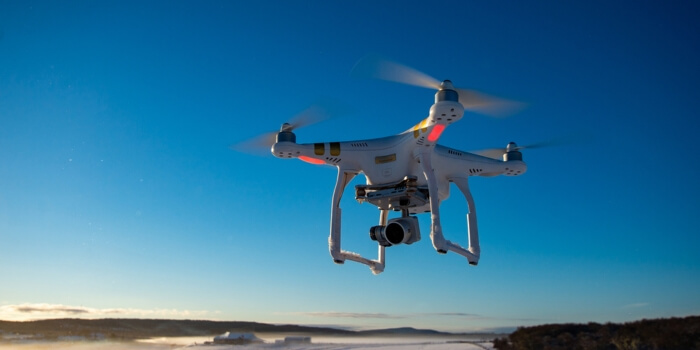
Open Spaces vs. Urban Areas
When you’re flying your drone over wide-open fields or bodies of water, there’s typically less interference for the signal to travel through. This means your drone can usually go farther without losing connection. But in urban areas packed with buildings and other obstacles, the signal can bounce around and get disrupted, limiting your drone’s range.
Elevation Changes
Heading up into the mountains or down into valleys can also affect your drone’s range. Higher altitudes might give your drone a bit of a boost since there’s less interference from buildings and other structures. However, flying in deep valleys or canyons can block the signal and shorten your range significantly.
Vegetation and Tree
Trees and dense vegetation can be a drone’s worst enemy when it comes to range. The leaves and branches can absorb or scatter the signal, making it harder for your drone to maintain a strong connection with the controller. Keep an eye on your surroundings and try to avoid flying too close to thick foliage if you want to maximize your range.
Water Bodies
Flying over water can be a mixed bag for your drone’s range. On one hand, there’s usually less interference compared to urban areas, allowing your drone to go a bit farther. But if the water is choppy or rough, it can reflect the signal and cause interference, potentially reducing your range.
The Impact of Payload on Drone Performance
Is it possible to increase the performance of your Tactic Air Drone by adding extra weight? Take a look at how different payloads can affect how your drone flies!
- Battery Life: Adding a heavier payload means your drone has to work harder to stay in the air. This extra strain can drain the battery faster, reducing your Tactic Air Drone’s flight time. Keep an eye on your battery levels, especially when flying with a heavy payload.
- Flight Stability: The weight of your payload can affect your drone’s stability in the air. Too much weight might make your Tactic Air Drone more prone to wobbling or drifting off course, especially in windy conditions. Balance is key to maintaining smooth flight performance.
- Speed and Agility: Carrying a heavy payload can slow your Tactic Air Drone down and make it less agile. Maneuvering might feel sluggish, and it might take longer for your drone to respond to your commands. Consider the trade-off between payload and performance when planning your flights.
- Altitude Capability: Just like climbing a steep hill is harder with a heavy backpack, flying at higher altitudes with a heavy payload can be more challenging for your drone. Thinner air means less lift, so your Tactic Air Drone might struggle to reach its maximum altitude or maintain stable flight.
- Temperature Regulation: Some payloads generate heat, which can affect your drone’s electronics and overall performance. Make sure your Tactic Air Drone is equipped to handle any temperature fluctuations caused by your payload, especially if you’re flying in extreme conditions.
- Legal Restrictions: Keep in mind that different countries and regions have regulations on how much weight drones can carry. Make sure you’re complying with these rules and not exceeding the maximum payload capacity of your Tactic Air Drone to avoid any legal issues.
Key Features of The Electro-Optical Sensors of Tactical Drone
Is there something special about the electro-optical sensors of a tactical drone? Take a closer look at some of the key features that enable these drones to see the world!
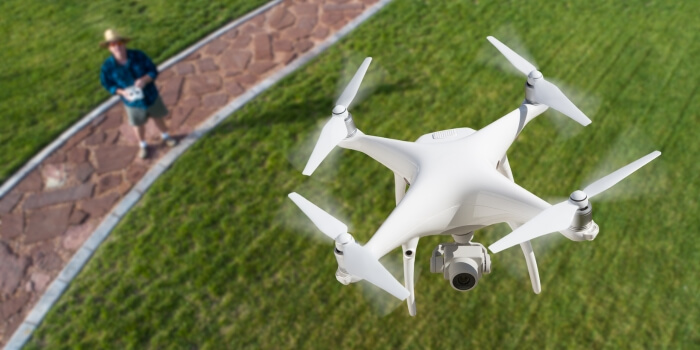
High Definition Imaging
Electro-optical sensors on tactical drones are equipped with high-definition cameras that capture crisp and clear images. This allows the drone to see details with impressive clarity, making it useful for various surveillance and reconnaissance tasks.
Day and Night Vision
One of the coolest features of electro-optical sensors is their ability to provide both day and night vision capabilities. With infrared technology, these sensors can see in low-light conditions or even complete darkness, providing valuable surveillance capabilities around the clock.
Zoom Capabilities
Tactical drones often come equipped with zoom lenses that allow them to focus in on specific targets or areas of interest. Whether it’s zooming in to get a closer look at suspicious activity or scanning a wide area for potential threats, this feature enhances the drone’s versatility and effectiveness.
Real-time Streaming
Electro-optical sensors enable tactical drones to stream live video feeds back to the operator in real time. This live feed allows operators to make informed decisions on the spot, whether it’s monitoring a situation as it unfolds or directing personnel to respond to a threat quickly and efficiently.
Stabilization Technology
To ensure smooth and steady footage, electro-optical sensors often incorporate advanced stabilization technology. This helps compensate for any movements or vibrations of the drone, resulting in steady images and videos even in challenging environmental conditions.
Target Tracking
Some electro-optical sensors are equipped with target tracking capabilities, allowing the drone to automatically follow and monitor moving objects or individuals. This feature is particularly useful for tracking suspects or vehicles during surveillance operations.
FAQs About What Is the Range of The Tactical Drone
Curious about the range of a tactical drone? Below are some frequently asked questions along with their answers to help you better understand this important aspect of drone technology.
How Does Altitude Affect the Range of A Tactical Drone?
Generally, flying at higher altitudes can extend the range of a tactical drone due to fewer obstacles and less signal interference, allowing for a more extended line of sight.
What Should I Do if I Lose Connection with My Tactical Drone Mid-Flight?
If you lose connection with your tactical drone mid-flight, try to regain control by moving to a location with better signal reception or activating any return-to-home functions if available.
Are There Legal Restrictions on The Range of Tactical Drones?
Yes, many countries have regulations that restrict the range of tactical drones to ensure they remain within visual line of sight or adhere to specific altitude limits for safety and security reasons.
Can Signal Interference from Other Electronic Devices Affect the Range of a Tactical Drone?
Yes, signal interference from other electronic devices operating on similar frequencies can affect the range of a tactical drone by disrupting the communication between the drone and its controller.
What Factors Should I Consider when Determining the Range I Need for My Tactical Drone?
Factors to consider when determining the range needed for your tactical drone include the intended use, operational environment, regulatory restrictions, and any potential obstacles or signal interference sources.
Bottom Line
Tactical drones like the Tactic Air Drone offer an impressive range of capabilities, from reconnaissance missions to surveillance operations. The range of these drones is crucial for planning flights and achieving mission objectives effectively.
What sets the Tactic Air Drone apart is its ability to maintain stable connections even at altitudes ranging from 5000 to 20,000 feet. This feature, combined with its robust design and quick deployment capabilities, makes it a standout choice for tactical missions in different terrains.
Next time you’re considering deploying a tactical drone, keep these tips in mind remember to factor in the question, “What is the Range of the Tactical Drone?” Knowing this key detail can make all the difference in ensuring successful outcomes and maximizing the drone’s potential.






